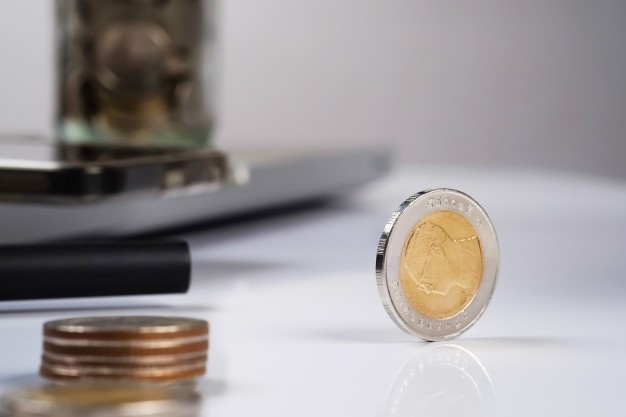\u3000\u3 Guangdong Shaoneng Group Co.Ltd(000601) 336 New China Life Insurance Company Ltd(601336) )
Core view
The performance in the first quarter of 2022 was slightly lower than expected, and the return on assets was under pressure
The operating revenue was about 75 billion yuan, a year-on-year decrease of 7.9%, and the net profit attributable to the parent was about 1.3 billion yuan, a year-on-year decrease of 78.7%, which was mainly affected by the decline of investment income. In the second and third quarters, we focused on asset side allocation.
In terms of sales performance, the sales growth rate in the first quarter is expected to be low before and stable after, and gradually stable. The first year premium of long-term insurance was about 21 billion yuan, a year-on-year decrease of 2.9%, of which the regular payment was about 8.6 billion yuan (- 18.3%), while the regular payment of 10-year and above was about 900 million yuan (- 63.3%), which was mainly due to the off shelf promotion of old serious illness insurance in January last year. Meanwhile, in the first year's premium, the single premium is about 12.5 billion yuan (+ 11.5%). Considering the high base effect in January last year and the warmer sales of savings products such as increased lifetime life since the beginning of this year, the sales growth rate in the first quarter is expected to be low before and stable after, and the decline of standard insurance in March narrowed to single digits.
In terms of financial performance, the contribution of renewal premium increased, but the rate of return on investment decreased. The total premium income was about 64.9 billion yuan, with a year-on-year increase of 2.4%, mainly benefiting from the year-on-year increase of 8% in renewal premium to 42.4 billion yuan, while the investment income was about 11.9 billion yuan, with a year-on-year decrease of 39.3%. The profit and loss from changes in fair value decreased from - 600 million yuan to - 1.1 billion yuan year-on-year, and the corresponding total investment return was 4.0%, with a year-on-year decrease of 3.9 percentage points. Meanwhile, the profit and loss from changes in fair value included in comprehensive income fell from - 2.3 billion yuan to - 19.5 billion yuan year-on-year, and the overall rate of return on investment was obviously under pressure.
Investment business: the scale of short-term assets has increased month on month, and the return on net investment is under pressure
At the end of the first quarter, the scale of resale assets purchased was about 11.1 billion yuan, a record high, with a month on month increase of 170% and a year-on-year increase of 53%. It is expected that the return on net assets will be further under pressure. In the same period, the company's financial investment scale and structure were stable month on month, including trading financial assets of about 71 billion yuan, month on month + 1%, available for sale of 396.8 billion yuan, month on month - 2%, held to maturity of 309.9 billion yuan, month on month + 3%. The company is adjusting the rhythm of asset allocation and wants to wait for a better interest rate opportunity to allocate long-term assets. Focus on asset allocation in the second and third quarters. Cash flow: the scale of cash received from investment recovery has reached a new high. The pressure of asset allocation under low interest rates has increased. The net cash flow from operating activities is about 36.1 billion yuan (year-on-year + 39%), and the cash received from investment recovery is about 123 billion yuan (year-on-year + 30%). The scale has reached a new high. It is estimated that some of the maturing assets are non-standard assets configured around 2017. In the low interest rate environment, the pressure on the company's asset allocation is increasing.
Investment suggestion: pay attention to the asset allocation in the second and third quarters and downgrade the rating to "overweight"
At present, the interest rate of long-term bonds remains low, while the scale of the company's long-term liabilities is growing, including the contribution of renewal premiums and the warmer sales of some fixed income products. At the same time, considering the gradual maturity of some high-yield assets, it is expected that the pressure on the company's asset allocation is increasing, and we need to wait for the improvement of the long-term interest rate in the second and third quarters. We maintained our earnings forecast and downgraded our rating to "overweight".
Risk tip: the value scale of new orders has declined, and the net return on investment has continued to decline.
